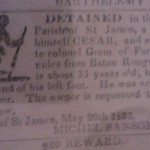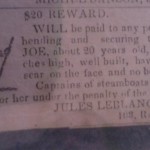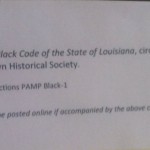introduce the quotation: this will help situate the passage. It might not even be a full sentence
provide the quotation: quote it exactly. Include parenthetical documentation to cite your source.
interpret it: you might approach this by saying “In other words…”
analyze it: what is significant about this passage, or what do you understand about it that you want your reader to understand? How is it significant?
apply it back to our argument: how does it support the argument you make in your thesis statement?
Prof. Rebecca Devers introduced this method to me–there are many ways of describing how to incorporate quotations, but this method seems the most thorough to me. Here’s the language she uses to describe these five steps:
Introduce: Use transitional phrases to inform your reader that you’re about to use someone else’s words.
Quote: Include words or images from another source. When you quote someone, you are obligated to represent them accurately. This means avoiding typos and mistakes, and it means providing accurate citations that tell your reader what source provided the words or images.
Interpret: If a quotation can stand on its own, then your reader doesn’t need to read your paper. After using a quotation, explain it to your reader. Put that quotation into your own words, or into a language or discourse that your audience can better understand. Consider starting sentences after quotations with phrases like, “In other
words, . . . .”Analyze: Interpretation translates the original author’s words into a language your audience will understand. Analysis tells your reader why that quotation was so important. It highlights the significance of an author’s word choice, argument, example, or logic. Analysis goes beyond the obvious, telling the readers what they may
have missed if they didn’t read closely enough.Apply: Each time you use a quotation, make it clear to your reader how it supports your argument. You can do that by applying your analysis to your thesis statement. Remind your reader of your purpose for writing, and tell them how this quotation, and your analysis of it, helps you support your argument.
Prof. Devers cautions against using this as a formula that might get boring to read. One way to vary this is to make sure you don’t only write one sentence for each of the three steps after the quotation.
I hope that you find this method helps you develop your paragraphs in more meaningful, careful ways.







